Tax Free Savings Account Limit On the Rise for 2013. What This Means For First Time Home Buyers
TFSA limit increase a boon for young Canadians looking to buy first home
In just a month’s time, the tax free savings account will be celebrating its fourth birthday. Since the launch of the TFSA in 2009, Canadians have embraced this new, tax-assisted savings program with approximately 8.2 million Canadians having opened an account and roughly 2.5 million Canadians contributing the maximum amount in 2011.
Just in time for the start of year of the TFSA, beginning Jan. 1, Canadians will be able to contribute an extra $500 annually to their TFSAs as a result of the annual limit increasing to $5,500 for 2013 from $5,000. This is as a result of the rounding mechanism originally established with the introduction of the TFSA which has the initial $5,000 annual contribution limit indexed to inflation using CPI data, rounded to the nearest $500.
For someone who has never opened up a TFSA before and was at least age 18 in 2009, that means your total cumulative TFSA contribution room starting January 1, 2013 will be $25,500, which poses an interesting opportunity for younger Canadians looking to finance the purchase of their first home.
Traditionally, before the advent of TFSAs, younger Canadians, myself included, looking to save for retirement while at the same time save enough money for a down payment towards a first home, turned to the federal Home Buyers’ Plan. The HBP allows a first time home buyer to withdraw up to $25,000, tax-free from their RRSP and repay that amount back, interest-free, in equal instalments over 15 years. Failure to make timely, annual HBP repayments to your RRSP cause the amounts not repaid to be included in income for that year.
But for Canadians in the lowest tax bracket and, in particular, for young Canadians with newly launched careers, RRSPs may not be the most effective route to retirement savings. That’s because with an RRSP, you get a tax deduction at a low rate because you’re in the lowest tax bracket due to your earnings. Later on, however, perhaps on retirement, you may end up pulling the money out at a much higher effective marginal tax rate.
The TFSA solves this problem by allowing you to pay tax on your employment or business earnings at your current tax rate, which could be low, use some of those after-tax funds to contribute to a TFSA, and then withdraw the funds tax-free later in life, when you may find yourself in a higher tax bracket.
With the cumulative limit of $25,500 now slightly eclipsing the HBP maximum withdrawal amount of $25,000, young Canadians who are in a low tax bracket and who want to save towards a down payment on a first home are now able to save and withdraw the same amount they could have done had they participated in the HBP.
The added benefit is that the TFSA withdrawals can be repaid to the plan at any time, beginning with the calendar year following the year of withdrawal. And, unlike HBP repayments, failure to repay amounts withdrawn from a TFSA never result in tax on funds not repaid.
VIA : Financial Post
